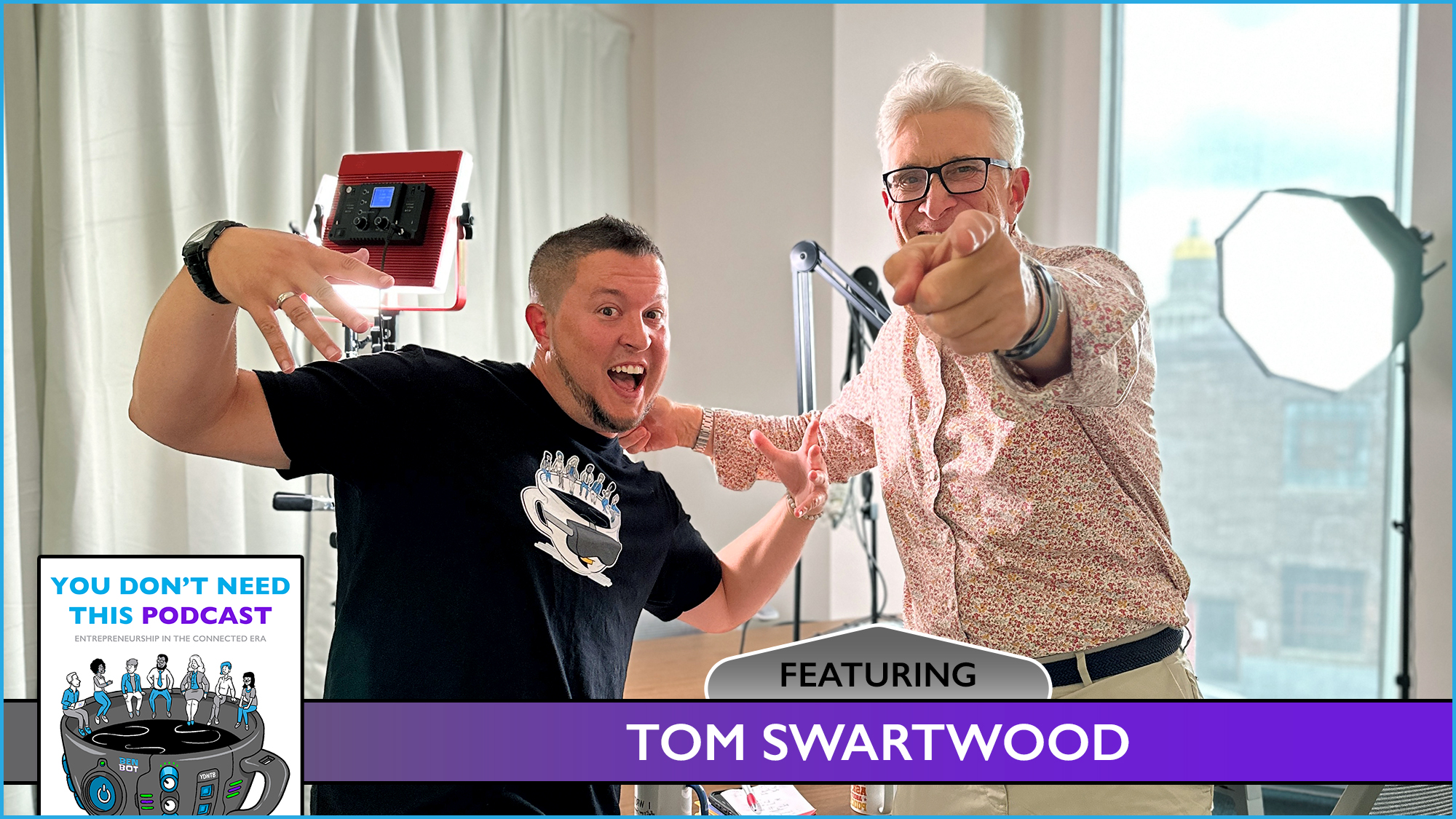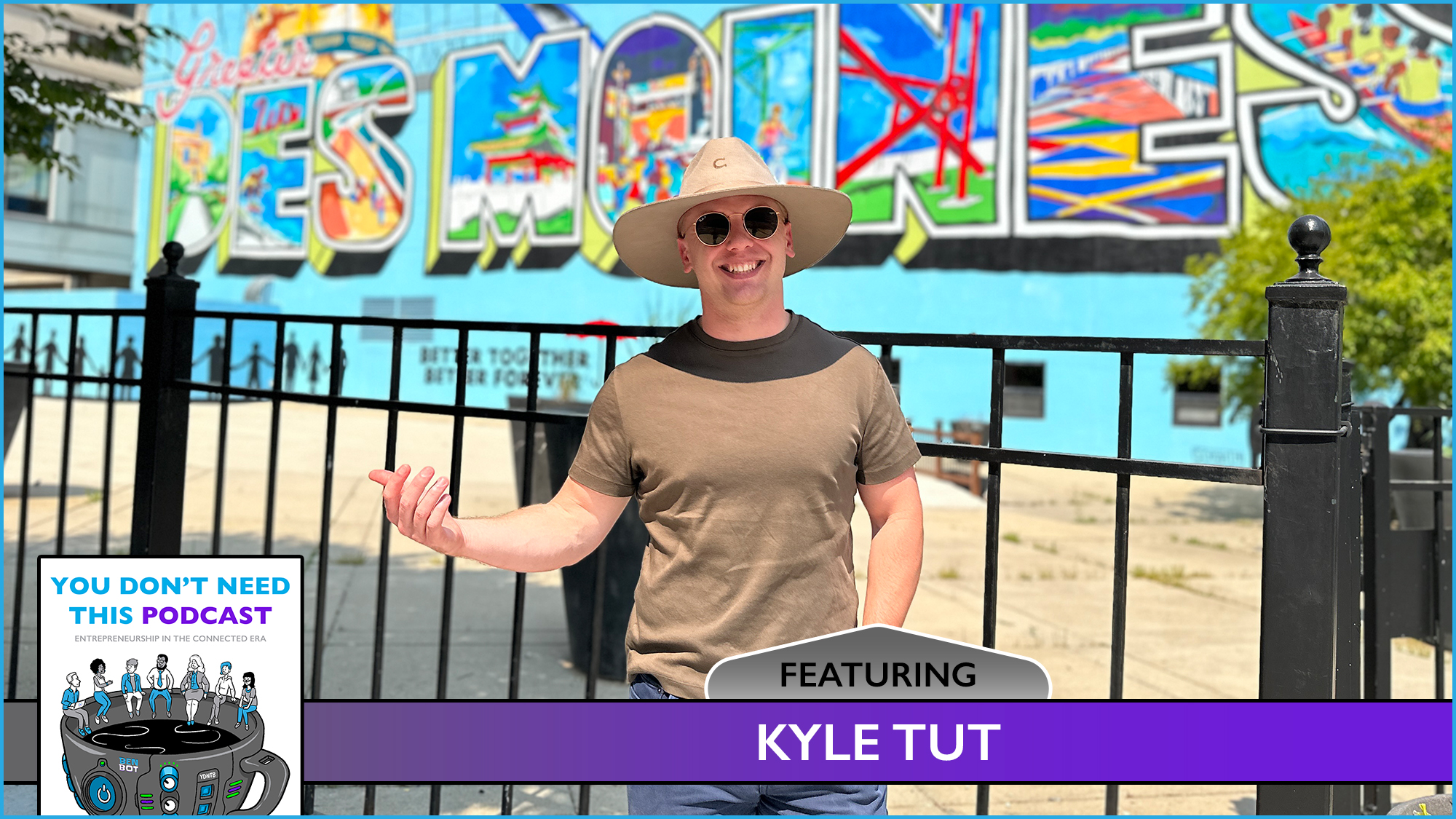Taking a break can nourish an artist and the seasonality of the art they’re creating. A hiatus can refocus teams or provide space for a community to recharge as well, but misplaced interruptions can also become an excuse to stifle progress.
Let’s look at short breaks. For example, a moment to refill your mug, eat lunch, catch the latest episode of YDNTP, or get some sleep. When you’ve achieved flow, time away can feel like a waste of time. If a hiatus is only an excuse to avoid the work, then yes, worthless wandering is a trap and can actually devolve into a dangerous habit. When paralyzing progress is normalized, it will impact other things you actually want to accomplish. This means that even short breaks should be used to recharge your return.
What about a more extended hiatus? This could be time away, setting a project aside, or even taking breaks in a relationship. When things get tough or positive momentum starts to fade, it’s tempting to avoid reality by pushing pause. This may keep things afloat, but it’s often a lackadaisical move to avoid reality, which may include the challenges of calling it quits. If an extended hiatus is truly strategic, the time should feel restful and build confidence as rearranged resources add fresh motivation. If this time away is wasted however, a false restart can be hard to recover from and will further expose what always needed to change. If a hiatus ever feels like an excuse to dodge blame, instead of being fainthearted, perhaps the illusion of an endless break should be replaced by a determined effort to make the bigger decision.
Extra Shot
With limitless ways to spend our time, it’s easy to take on more than we should. Be careful taking breaks when you’ve overextended your own personal bandwidth.
The length of any hiatus is relevant and so are the people who decide to take the break. Lone wolves can make these decisions easier, but they may struggle to understand the whole equation without feedback from customers, mentors, and fellow community members. When more people are involved, deciding what/when/how to take a break becomes more complex. For example, if a few people decide a break is good for a larger group, this decision may come from an individual’s lack of interest or bandwidth instead of what’s best for the group.
When we feel significant, promises are kept and more people are set free to lead together. When we lead together, the limitations of some are less likely to compromise the well-being of many. This agency supports enrollment, trust, creativity, and honesty between more linchpins who collectively decide when the right type of intermissions will be most invigorating.


